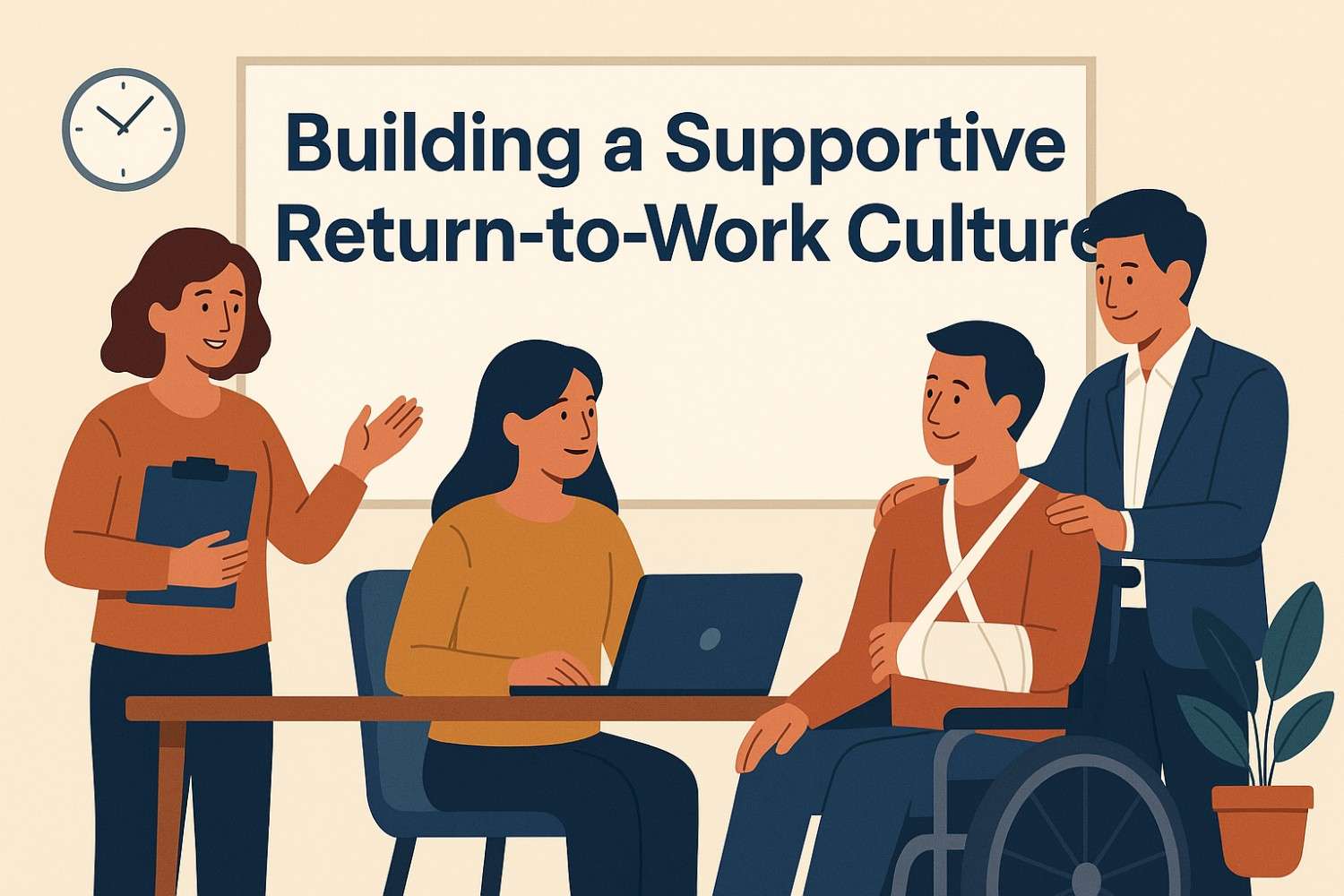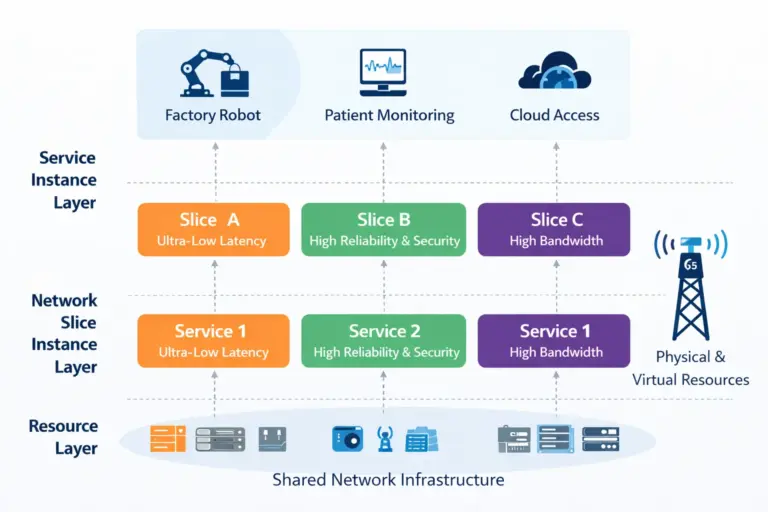Returning to work after an injury can feel overwhelming for employees and challenging for employers. The transition back to the workplace requires careful planning, clear communication, and a culture that prioritizes both productivity and employee wellbeing. When organizations create supportive return-to-work environments, they reduce turnover, boost morale, and demonstrate genuine care for their workforce.
A thoughtful approach to helping injured employees reintegrate into the workplace benefits everyone involved. Employees feel valued and supported during their recovery, while employers maintain continuity and avoid the costs associated with prolonged absences or high turnover rates.
Understanding the Return-to-Work Process
The return-to-work process begins long before an employee’s first day back. It starts with maintaining connection during their absence and continues through their full reintegration into their role. This process varies significantly depending on the nature of the injury, the employee’s job responsibilities, and the resources available within the organization.
Successful return-to-work programs recognize that each situation is unique. An office worker recovering from a broken wrist has different needs than a warehouse employee returning after back surgery. The key lies in developing flexible frameworks that can be adapted to individual circumstances while maintaining consistent standards of support.

Creating Clear Communication Channels
Open communication forms the foundation of any successful return-to-work culture. Employees need to understand their rights, available resources, and what’s expected of them during the transition period. Equally important, managers and HR teams need accurate information about the employee’s capabilities and limitations.
Establish regular check-ins during the absence period to maintain connection and gather updates on recovery progress. These conversations should be supportive rather than intrusive, focusing on how the organization can best prepare for the employee’s return. Document these discussions to ensure consistency and avoid misunderstandings later.
When planning the return, involve the employee in decisions about their work environment, schedule, and responsibilities. This collaborative approach helps them feel valued and ensures that accommodations are both practical and meaningful. Sometimes consulting with medical professionals or even a personal injury lawyer in Tulsa OK can provide additional clarity on necessary workplace modifications.
Implementing Flexible Accommodations
Workplace accommodations don’t always require major investments or dramatic changes. Simple modifications often make the biggest difference in an employee’s ability to perform their job effectively and comfortably.
Consider adjustable work schedules that allow for medical appointments or gradual increases in working hours. Physical accommodations might include ergonomic equipment, modified workstations, or temporary reassignment to less physically demanding tasks. For employees dealing with ongoing pain or mobility issues, having access to resources like a personal injury lawyer in Tulsa OK can help them understand their rights and work with employers to create sustainable solutions.
Technology can also play a crucial role in accommodations. Video conferencing capabilities, document sharing platforms, and mobile access to work systems can enable employees to contribute meaningfully while managing their recovery needs.

Training Managers and Team Members
Managers often feel unprepared to handle return-to-work situations effectively. They may worry about saying the wrong thing, making inappropriate requests, or inadvertently discriminating against the returning employee. Comprehensive training helps managers navigate these situations with confidence and compassion.
Training should cover legal requirements, available resources, and practical strategies for supporting returning employees. Managers need to understand the difference between reasonable accommodations and fundamental job requirements. They should also learn how to have sensitive conversations about capabilities and limitations without overstepping boundaries.
Team members also benefit from education about return-to-work processes. When coworkers understand the situation and their role in creating a supportive environment, they’re more likely to offer appropriate assistance and avoid awkward interactions.
Monitoring Progress and Adjusting Support
The return-to-work process doesn’t end after the first week or month back on the job. Ongoing monitoring helps identify issues early and allows for timely adjustments to accommodations or support strategies.
Schedule regular check-ins with returning employees to assess how they’re managing their workload, whether accommodations are working effectively, and if additional support is needed. These conversations should feel supportive rather than evaluative, focusing on problem-solving rather than performance criticism.
Be prepared to make adjustments as employees’ needs change. Recovery is rarely linear, and what works initially may need modification as circumstances evolve. Flexibility and responsiveness demonstrate genuine commitment to employee wellbeing.

Measuring Success and Continuous Improvement
Track meaningful metrics to evaluate the effectiveness of your return-to-work culture. Look at retention rates for employees who return after injuries, time to full productivity, and employee satisfaction scores. These indicators provide valuable insights into what’s working and where improvements are needed.
Gather feedback from employees who have gone through the return-to-work process. Their experiences provide firsthand insight into pain points and opportunities for enhancement. This feedback should inform policy updates and training improvements.
Building Long-Term Success
Creating a supportive return-to-work culture requires ongoing commitment and continuous refinement. The most successful organizations view these programs as investments in their workforce rather than compliance obligations.
When employees see that their organization genuinely cares about their wellbeing and recovery, they’re more likely to remain loyal, engaged, and productive. This culture of support extends beyond injured workers, creating an environment where all employees feel valued and protected.
The effort invested in building strong return-to-work processes pays dividends through reduced turnover, improved morale, and enhanced reputation as an employer of choice. Most importantly, it demonstrates the kind of workplace culture that attracts and retains top talent while treating people with dignity and respect during challenging times.






